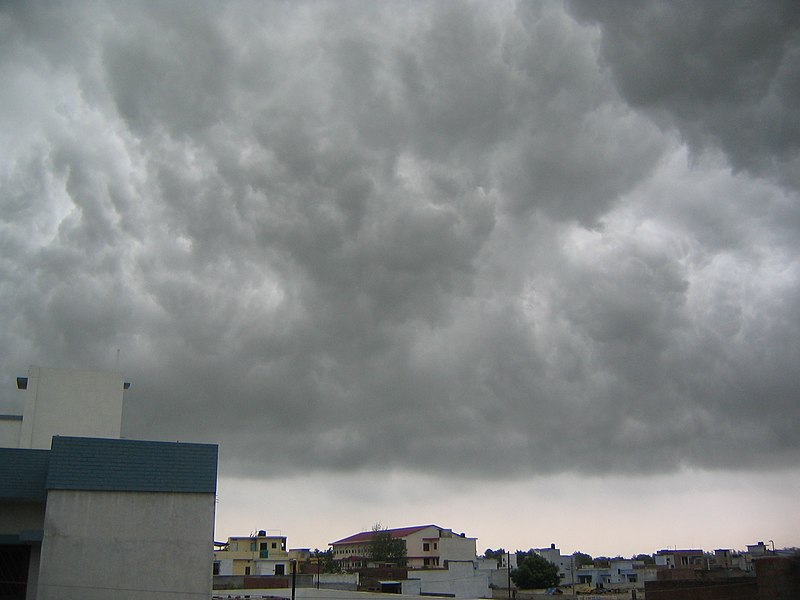
Monsoons
I learned that monsoon is a seasonal reversing wind accompanied by corresponding changes in precipitation but is now used to describe seasonal changes in atmospheric circulation and precipitation associated with the asymmetric heating of land and sea. Usually, the term monsoon is used to refer to the rainy phase of a seasonally-changing pattern, although technically there is also a dry phase.
In the Philippines, the Summer Monsoon (West or southwest) is called the Habagat(ha-bag-at) and the Winter Monsoon (North or northeast) is called the Amihan (a-me-han). The word 'monsoon' is believed to originate from the Arabic word mawsim (season), via the Portuguese and then Dutch monsun.
There are two types of monsoons. In the Philippines, Amihan refers to the season dominated by the trade winds, which are experienced in the Philippines as a cool northeast wind. It is characterized by moderate temperatures, little or no rainfall, and a prevailing wind from the east.As a general rule of thumb, the Philippines' Amihan weather pattern begins sometime in September or October and ends sometime in May or June. There may, however, be wide variations from year to year.
Another one is the "hanging habagat" is also known as the southwest monsoon. This natural phenomenon gets its start during the summer months in the northern hemisphere, when the Asiatic continent becomes warmer than the surrounding seas.As a result, a low-pressure area develops over the continent. This happens when a large mass of air rises, causing low pressure in the area the mass left empty and inducing air from over the ocean to flow towards the continent.The winds, rushing toward the low-pressure area, carry heat and water vapor which, when passing across the Philippines, becomes the prevailing winds in the country.

 |
| Amihan and habagat |
As a result, a low-pressure area develops over the continent. This happens when a large mass of air rises, causing low pressure in the area the mass left empty and inducing air from over the ocean to flow towards the continent.The winds, rushing toward the low-pressure area, carry heat and water vapor which, when passing across the Philippines, becomes the prevailing winds in the country.
I want to know more about the advantages and disadvantages of this weather system in the Philippines
and how to conquer these bad effects.
I would like to research on how PAGASA predict or monitor these phenomenon and what instruments are used in this monitoring.
I appreciate the fact that monsoon also affect the climate of a certain country.I also appreciate that northeast and southwest monsoons have a great difference in terms of their effects.Amihan carries cold and dry air while Habagat carries rain clouds and sometimes becomes the cause of formation of a Low Pressure Area.
I can apply my learning and insights on sharing that it is not always that storms are only the causes of heavy rain but instead, there are other weather systems that affects the climate like the Northeast and Southwest monsoons.
Walang komento:
Mag-post ng isang Komento